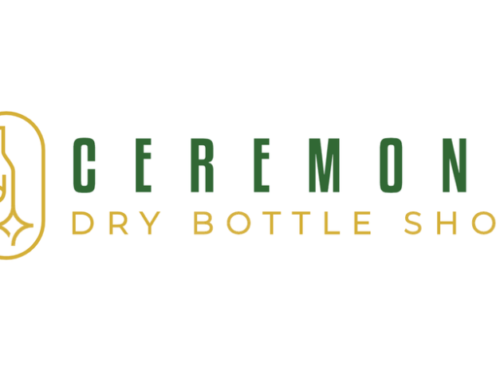From Hampton Roads Small Business Development Center By Mike Austin
If you file taxes as proprietorships, partnerships, LLCs, and corporations, that earn more than $600 via online payment platforms will start receiving a Form-1099-K, “Payment Card and Third-Party Network Transactions” (TPSOs and EPFs), with the information being sent to the client and the IRS. As a result, your clients will in some cases receive a slew of these forms in early 2023.
This means that business-related income received by 3rd party processors such as Venmo, PayPal, Cash App, Zelle, or other vendors, will be providing these forms. Also, if clients sell products via Amazon, Etsy, eBay, or at craft shows or face-to-face, they will receive the 1099-K. This change in legislation was included in the American Rescue Plan, enacted in March 2021.
This is a substantial change from prior periods, in which the 1099-K would only be generated when the amount paid to a single payee exceeded $20,000 per year and if there were more than 200 transactions during the same period. This change means that “gig” workers and individuals that rent out residential/vacation properties and collect payments via 3rd party vendors will, for the first time, receive the 1099-K document, and in some cases, will create a taxable event for recipients.
However, transactions for gifts, charitable contributions, and reimbursements are excluded from this requirement. To ensure that clients have historically comingled business and personal cash collections, they should be strongly encouraged to separate these ASAP to prevent confusion in future periods. In addition, in that the 1099-K may include taxable and nontaxable income, good record-keeping is essential. This should include:
- Bank statements
- Receipts
- Invoices
- Other financial documents that reflect taxable income
This is yet another reason to encourage clients to operate their businesses independently of their personal transactions.
Operationally, a Form 1099-K filer must report the gross amounts of reportable transactions for each month and for the entire year in separate boxes on the Form 1099-K. In addition, a filer must obtain each payee TIN before making a reportable payment or the filer must impose backup withholding at a rate of 24% on the gross amount of the payment. Collecting the data has yet to be finalized, especially regarding the collection of the TINs, but clients need to be aware that they may be required to provide this to their transaction vendor to avoid backup withholding and other penalties. Also, independent contractors that receive more than $600 via a payment service will probably get both a 1099-MISC from the company as well as a 1099-K from the payment service, which will undoubtedly confuse some recipients. Furthermore, starting with tax year 2022, clients will need to be sure to consider the amounts shown on their combined 1099-K forms when calculating gross receipts for their income tax return.
In short, you need to be vigilant in compiling this data or you could end up owing additional taxes and penalties.






